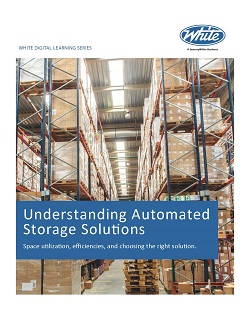A Guide to Understanding Warehouse Automated Storage Solutions
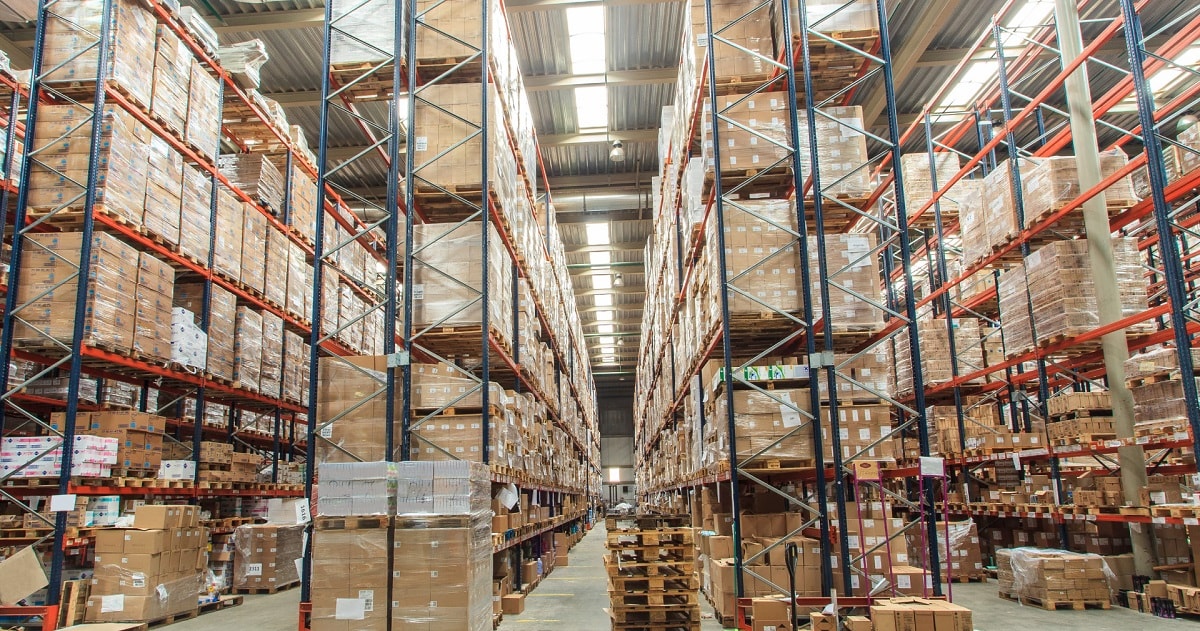
Intelligent storage solutions help companies increase productivity, enhance efficiencies, and use space more effectively. To help determine if your company will benefit from an intelligent storage solution, it is important to identify the system that has the features that best align with your company’s needs and requirements.
This guide is in four sections and will provide an overview of features and requirements for each type of intelligent storage solution: vertical carousels, horizontal carousels, and vertical lift modules (VLMs).
After reading, you will know which option aligns with your needs and can best benefit your workforce and productivity.
Understanding Intelligent Storage Solutions
Space Utilization, Efficiencies, and Choosing the Right Solution
Storage 101
Understanding the difference between Goods-to-Person, Statics Shelving, and Shuttle Storage Systems
Choosing an Intelligent Storage Solution
What to Consider to Identify Your Specific Requirements
Software and Intelligent Storage Solutions
How Warehouse Software Creates a Dynamic Process to Increase Efficiency
Understanding Intelligent Storage Solutions
The Difference Between Vertical Carousels, Horizontal Carousels, and Vertical Lift Module (VLM) Solutions
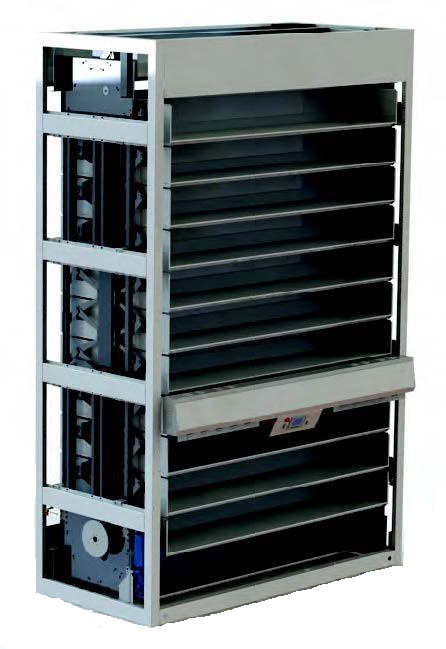
Vertical Carousels
Vertical carousels use automation to direct a pathway of standard shelves inside a single storage unit. The shelves are linked with a chain that rotates within the structure vertically, like the mechanism that drives a Ferris wheel.
Shelves suspend vertically and move via software or operator control. Carousels are automated to bring the proper shelf to the operator from the closest direction.
Vertical carousels are ideal for the storage of items in totes or items of similar heights. Vertical carousels have the smallest footprint and the highest speed compared to other vertical storage units.
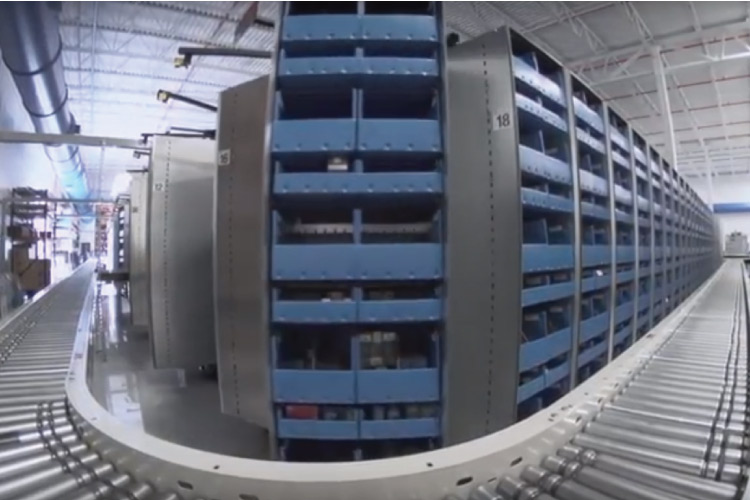
Horizontal Carousel
Horizontal carousels operate similarly to vertical carousels since both machines have shelving placed close together and linked with chains. As the name implies, however, horizontal carousels operate horizontally, parallel to the warehouse floor.
To concentrate storage even more, two or three machines can be stacked. Further, multiple horizontal carousels can be located adjacent to one another so that they can deliver items at a single point, increasing operator productivity.
The operator can pick from one horizontal carousel while adjacent carousels are positioning and preparing the operator for the next process. The ability to use multiple carousels together allows for large storage capacity with high pick rates.
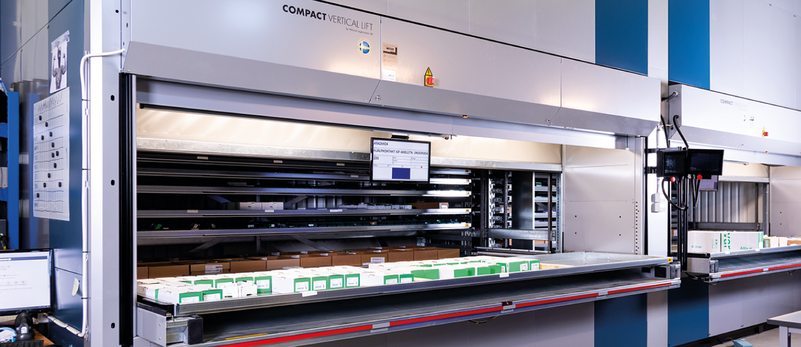
Vertical Lift Modules
Vertical lift modules (VLMs) have shelving units mounted inside the front and rear with a picking elevator operating centrally. The elevator moves vertically in between the stacks to select shelves as directed by an operator or software.
VLMs deliver the shelf at an access point, which is about waist high for an operator in front of the machine. VLMs are ideal for the storage of products that vary in height, and they can be single or multi-column. Multi-column designs are useful with large storage and high pick-rate requirements
How to Choose the Intelligent Storage Solution that Best Meets Your Needs
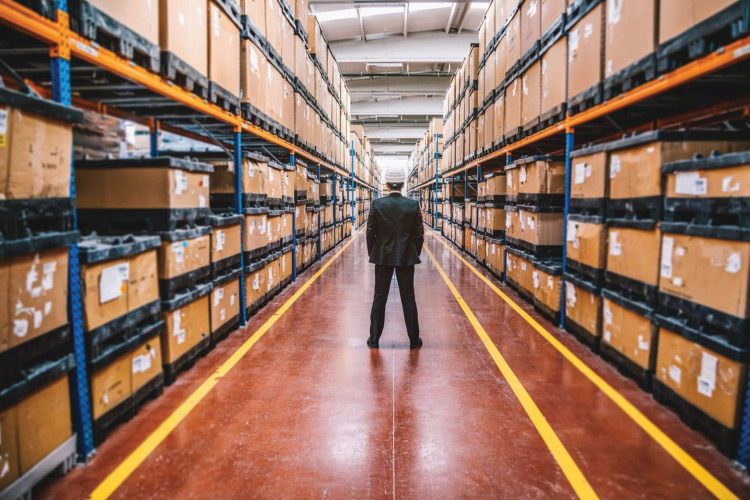
The easiest way to determine whether you need vertical carousels, horizontal carousels, or vertical lift modules (VLM) is to ask yourself, “What storage and retrieval issues are we trying to solve? Is our biggest concern storage density, throughput, increased pick-rate, or some other storage and retrieval matter?
Throughput and Capacity
When choosing an intelligent storage solution, it is important to consider the speed and demand of the picking unit, known as throughput.
To determine throughput, you need to know not only average speed requirements but also peak demand requirements. Pick rates can further be enhanced through the use of storage slotting with item affinity and batch picking.
Product Size and Square Footage
The next questions to answer are: What are the square and cubic footage capacity of your warehouse? Do you have the need to store products vertically, achieve a higher velocity in picking, or even a combination of the two?
When reviewing product size, determine the height and length of each product as well as the variation of product sizes. A slotting analysis can help optimize storage placement because it takes into account various sizes to help identify which intelligent storage solution will best fit the requirements.
Comparison of Intelligent Storage Solution Requirements and Features
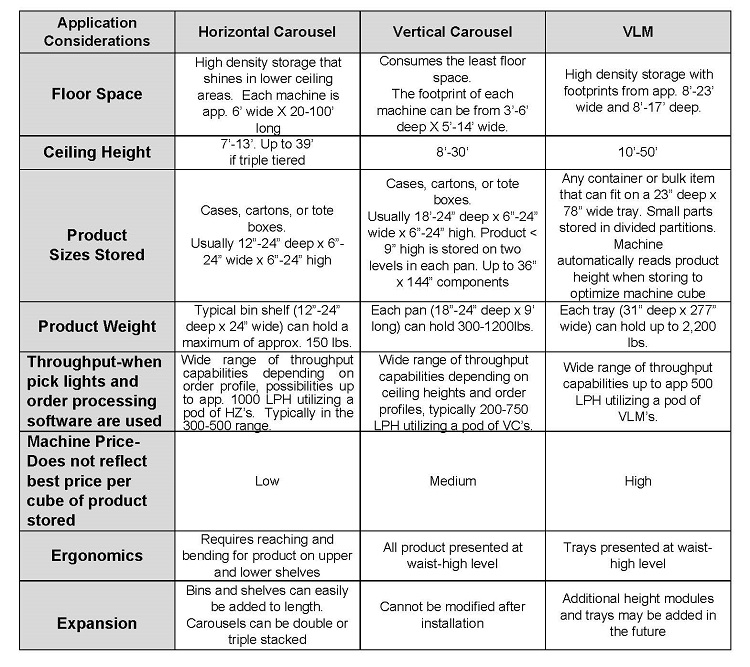
[Take it with you. Download the Guide to Understanding Intelligent Storage.]
Storage 101
Understanding the difference between Goods-to-Person, Statics Shelving, and Shuttle Storage Systems
Today’s intelligent storage solutions enable companies to work smarter, ship faster, and use space more effectively than ever before.
But in order to optimize benefits like these at your facility, you need to choose the system that best fits your specific needs.
A critical step in that process is understanding the three different types of storage systems—goods-to-person, static shelving, and shuttle—and how they differ in capabilities and features.
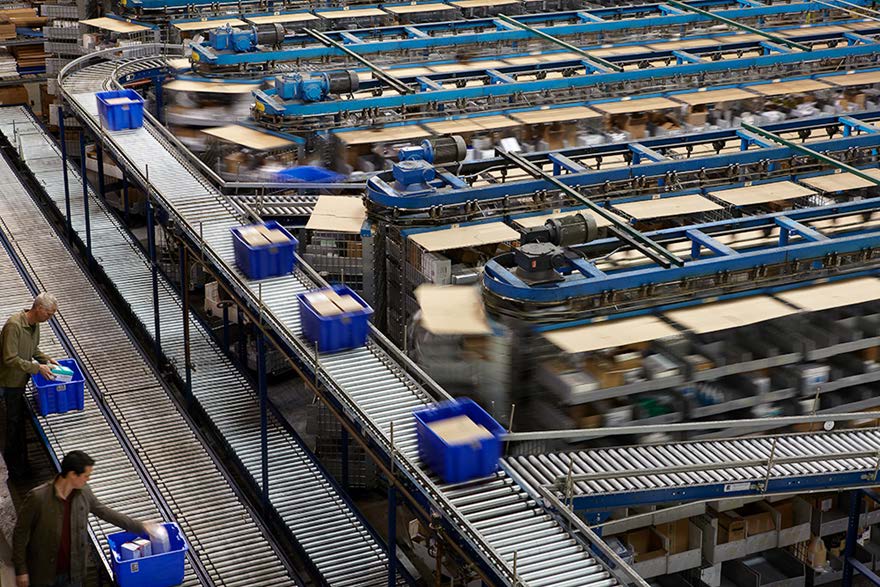
Goods-to-Person
Goods-to-person solutions utilize an operator based in a centralized location, and the goods move to the operator, rather than the operator moving to the goods. Therefore, the general term “goods-to-person” applies whether the goods are moved by an autonomous warehouse robot or more commonly used vehicles such as a vertical or horizontal carousel or a vertical lift module (VLM).
With a true goods-to-person solution, the product picked is a single item or a handful of items from a larger inventory stored within that automated media.

Static Shelving
Static shelving systems store warehouse inventory on stationary shelves with fixed dimensions.
These systems work well when flexibility is not a priority and products can be contained in pullout drawers, wire racks, or pallet racking.
However, static shelving typically does not optimize space usage since products are often smaller than the shelf clearance. By design, high-density storage solutions—whether they are horizontal or vertical carousels of a VLM—can store items more densely than a static shelf.
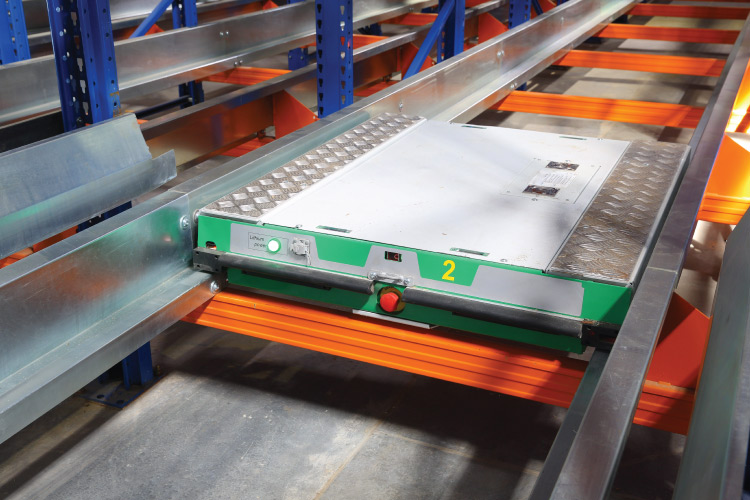
Shuttle Systems
Shuttle systems deliver products without using an operator.
For example, a shuttle system or a rail crane can pick up full pallets of product out of a high-density pallet storage solution. The product is retrieved and then staged or conveyed through a conveyor system for delivery to the next part of the process, such as pick-to-light or a put-wall that is downstream of the storage solution.
[Take it with you. Download the Guide to Understanding Intelligent Storage.]
Choosing an Intelligent Storage Solution
What to consider to identify your specific requirements
Every warehouse manager is looking for a competitive edge. Something to help their company not only increase productivity, enhance efficiencies, and use space more effectively, but to also accurately ship products to their clients faster.
Warehouse managers understand that their clients success is directly tied to the support provided from their own company. Finding cost effective,
time- saving tactics to do this ensures a long-lasting relationship.
With so many options available, the decision to implement a new system or change the current system for your facility can seem overwhelming. Making the wrong choice can have a major financial impact on the entire organization. Though every warehouse operation is different, creating a solid baseline will help a projects success.

First, begin by identifying your needs regarding pick rate and accuracy.
Once you understand this, you’ll be better equipped to determine if it’s time to upgrade your current system, and which type of intelligent storage solution is best for you. Then determine what is the optimal pick rate your warehouse needs to obtain to see increased productivity.
How do you determine optimal pick rate?
Begin by asking yourself; how often and at what rate is picking taking place? Key metrics, such as current daily pick rate, are invaluable and can be used to calculate picks per hour based upon the number of people performing the function.
By comparing current pick rates to the typical pick rates of horizontal carousels, vertical carousels, and vertical lift modules (VLMs), you can calculate how to increase labor productivity while maintaining or improving your current pick rates. The size and pick rate of the item being picked also factors into the best fit for goods-to-person solutions.
For example, consider the storage of small nails and screws for hardware stores. Generally, nails and screws are fast-moving SKUs that are shipped to a store or directly to a customer in small quantities. Because the product is small and there is a high pick velocity, a goods-to-person system would be very beneficial.
However, before looking at storage solutions, keep in mind pick rates don’t tell the whole story.
If pick rates rise but accuracy falls, the storage system is not optimizing performance; it is impeding it. Your goal is to implement an intelligent storage system that can increase pick rates while simultaneously improving accuracy. You can achieve those results by employing an intelligent goods-to-person approach that focuses on:
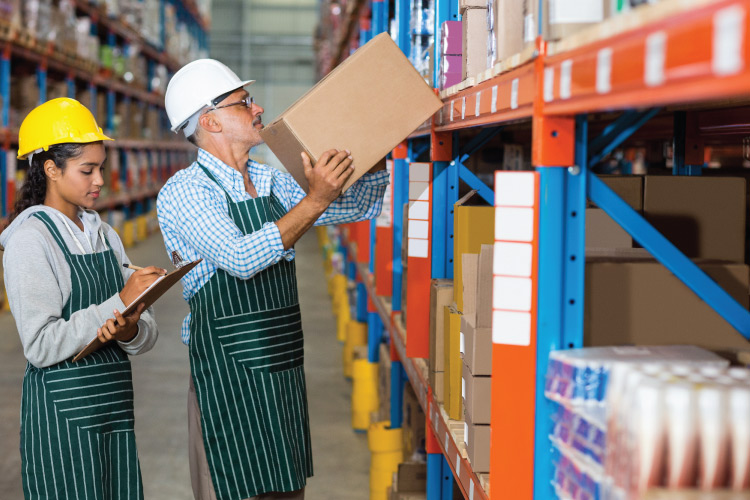
INCREASING ORDER ACCURACY
Order accuracy tends to increase, often substantially, because the choices for the operator are narrowed in a goods-to-person configuration. Physical movement and travel time for the operator is minimized.
INCREASING EFFICIENCIES
With a goods-to-person system, the confirmation process is two-fold: the item is selected electronically through the automation of the system, and then the operator can confirm what items were picked and when they were picked. Items can also be tracked as the operator can document when and if they are selected.
Moreover, from an ergonomics standpoint, an intelligent goods-to-person solution is designed to maximize human performance, productivity,and safety.
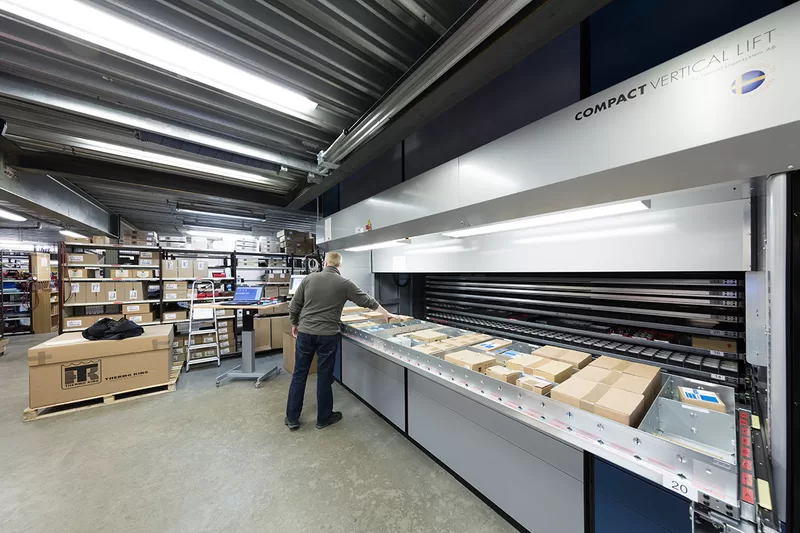
For example, if large, heavy items are stored in a VLM, the tray containing the goods can be presented in an external access opening that is met by a mechanized lift for storage/retrieval providing assistance for the operator.
In addition, an access opening in a VLM or carousel can limit the need for an operator straining to reach above their head, risking a fall by climbing a ladder, or performing excessive kneeling or bending.
The Top Four Reasons to Change Storage Systems
While every facility is unique, we have found that most facility managers have the same goals in mind when considering new intelligent storage systems.
The top four reasons companies change storage systems are:
- To optimize the footprint of the building.
Storing items more efficiently makes the most of existing space. - To improve pick rates without increasing staffing.
The right solution enhances the performance of the current workforce. - To improve the customer experience.
Increasing pick rate and accuracy means customers get their orders fulfilled faster and with fewer errors. - To optimize processes through automation.
Eventually, legacy systems need to be replaced, especially when maintenance and repair costs become excessive, or the business model changes.
In the majority of cases, facility managers who explore the universe of intelligent storage know they want to improve the operation of their facility. What they may not know is how best to make those improvements and that the ideal system can be customized for their needs.
That’s where professional advice adds value.
[Take it with you. Download the Guide to Understanding Intelligent Storage.]
Software and Intelligent Storage Solutions
Understanding the Role Software Plays in Intelligent Storage Solutions
Without software driving the technology, automated storage solutions would be merely motorized shelving. Software enables the system to automate the picking process. In this way, the system is directing the operator versus the operator directing the system.
The software makes it easier to optimize employees for picking. The equipment drives what may be an untrained operator in a very systematic way to fulfill orders while increasing pick accuracy.
Gain an understanding of how hardware and various software options can work together to create greater operational efficiencies. After reading, you will know the various warehouse software options available and how to close system gaps.

Optimizing the workforce is not all the software can do!
The software in intelligent storage solutions can track processes, such as who performed what task, when a task was performed, how accurately a function was executed, and how long it took. High level tracking allows for continuous auditing of the process and design improvements. Identifying where processes may lack efficiency or where employees may require additional training can result in improvements across the warehouse.
Moreover, the software can also integrate multiple systems together to create a fluid and dynamic automated process. At a minimum, there are typically two layers of software in these systems.
The first layer involves the machine control which drives the physical machine to perform. Next, there is the Warehouse Management Systems (WMS) and/or Warehouse Control Systems (WCS) layer. This layer interfaces between the Enterprise Resource Planning (ERP) system and the automated equipment.
When organizations do not have a WMS or WCS system, there can be a major gap when printed pick tickets will need to be completed. While some ERP and WMS modules support paperless picking, often these processes are manual and data entry intensive. While you may eliminate the paper, you are not eliminating the inefficiencies associated with it
Consider two examples of how White was able to close process gaps:
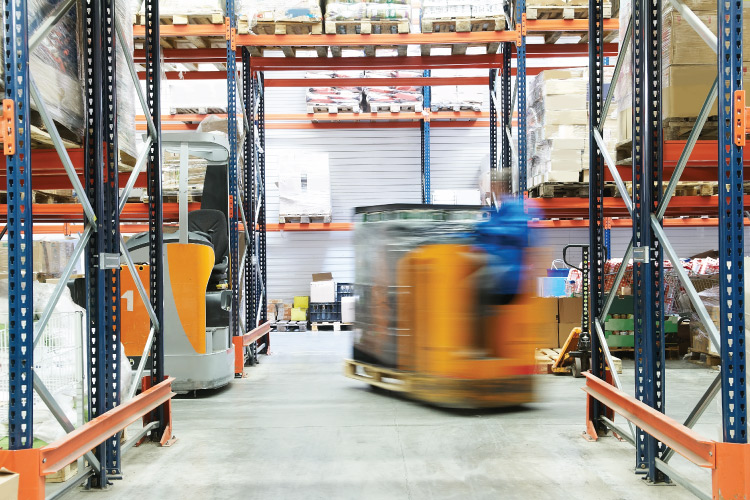
GAP ISSUE #1
An organization had a top customer that often placed orders that needed to be shipped within the hour, but they did not have software to automate priority orders within their picking processes.
As a result, there was no way to ensure high priority orders were placed before less urgent orders—unless a specific person was assigned to the high priority order, taking them away from another job and rendering them less efficient overall.
GAP SOLUTION
We applied software to drive this organization’s processes so they could prioritize orders without taking a picker away from another job. Utilizing this software creates more efficient picking, closes fulfillment gaps, and allows one order to be fulfilled immediately without delaying existing orders and diminishing overall productivity.
For organizations using a paper-based ordering system, the benefits of intelligent software are obvious. For those users who already have a software system for inventory management, the benefits to using a system approach can also be enhanced. Ideally, using software in tandem with WMS and/or WCS systems is the preferred approach.

GAP ISSUE #2
An organization needed a specific application designed to improve warehouse picking efficiency and accuracy. This organization was using a manual, time-consuming, and labor-intensive paper picking process. With so many hands involved in the process, there were countless redundant manual data entry processes for mistakes to occur and inefficiencies to grow.
GAP SOLUTION
From the initial design, we knew that we had to apply a software system to drive the application and reduce the number of people involved. Our software was configured to automatically prioritize orders and uncover the most efficient picking paths, which included pick scenarios such as batch and cluster picking that were far more efficient than discreet order picking. Picking errors were addressed and efficiencies increased.

Graduating to an intelligent storage system
The optimum use of software is to effectively manage and drive warehouse processes. The more you can tie the layers of a warehouse operation together and automate them, the greater the accuracy, speed, and throughput you will see in your facility.
All parties in the process – from software provider, hardware provider, internal IT, and warehouse personnel – need to be brought into the system design process, as well as the implementation of the software solution.
This will ensure all relevant areas ca be addressed and highlighted in the process so everyone is playing their role in the integration of an optimal software solution. In many cases, companies are able to take advantage of technologies that are already on-site. Integrating those technologies into an automated system is one of the smartest decisions you can make.
Take it With You
Download the Guide in pdf format.

